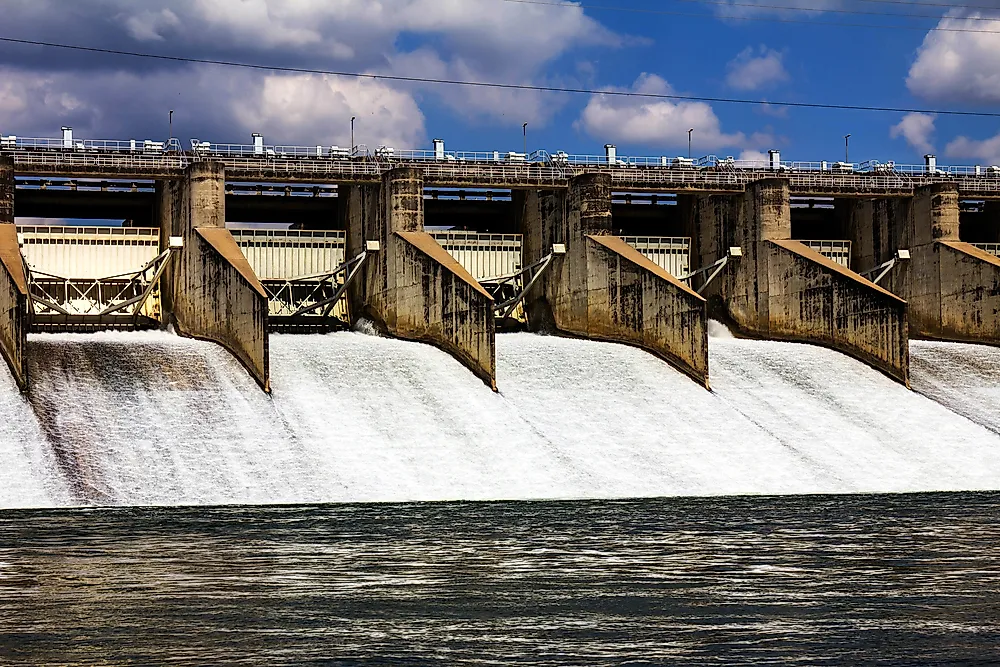What Is The Environmental Impact Of Dams And Reservoirs?

A dam is a human-made barrier constructed across a waterway. Usually a river limitd the natural flow of water and the barrier creates an artificial lake known as a reservoir. There are various purposes for the creation of dams including the production of hydropower, prevention of floods as well as irrigation purposes. While the creation of dams and reservoirs has many economic benefits, recent studies have shown that these human-made barriers can have several negative impacts on the environment. While impact assessment tests are conducted around an area before the building of a dam, most of the environmental impacts caused by dams and reservoirs can only be manifested in the long-term. However, scientific studies have highlighted a few of these environmental concerns.
Can Dams Contribute To Global Warming?
Dams and reservoirs are synonymous with hydropower production. Hydropower is usually termed as one of the most environmentally friendly sources of energy. However, dams and their reservoirs have been linked to global warming. Studies have shown that flooding in dams submerges existing vegetation which over time decays and produces methane gas which is classified to be among the most detrimental greenhouse gasses.
Dams Affect The Natural Water Flow
One purpose of building dams is to control flooding during the wet season. However, this has been criticized by several environmentalists and scientists who argue that natural flooding observed downstream is often necessary for ecosystems. An example commonly given is the Okavango Delta of Africa, which relies on seasonal flooding.
Impact On Fish Breeding Grounds
In most rivers, the most common animal is fish. In many fish species, when they reach sexual maturity, they travel upstream to get to areas of breeding. The purpose of this migration is mainly due to decreased number of predators upstream. When dams are created, the fish are unable to reach these breeding grounds, and this causes a dwindling in their population.
Effects On Geology
During the construction of dams in the past, the geology of the area was rarely or never put into consideration. The sudden filling of reservoirs with millions of gallons of water has caused seismic instability and causes tremors and minor earthquakes. The silt which is retained in the reservoirs is also a major geological issue as this causes the damage in riverbanks downstream. It also lowers the quality of the soil used in downstream agriculture. Such experiences have been witnessed and are evident in Egypt after the construction of the Aswan High Dam.
Health Issues Related To Dams
Reservoirs have been identified as breeding grounds for various disease-carrying pests, including mosquitoes that transmit malaria disease and snails that transmit schistosomiasis. Some of these reservoirs have become habitats for crocodiles which bring an imbalance in the ecosystem and are also dangerous to the surrounding human settlement.
Suggested Remedies
While most of the environmental impacts of dams have no remedy such as the retaining of silt which is required by the downstream ecosystem, some measures have been put in place such as the building of “fish ladders” to assist fish in reaching their upstream breeding grounds.











